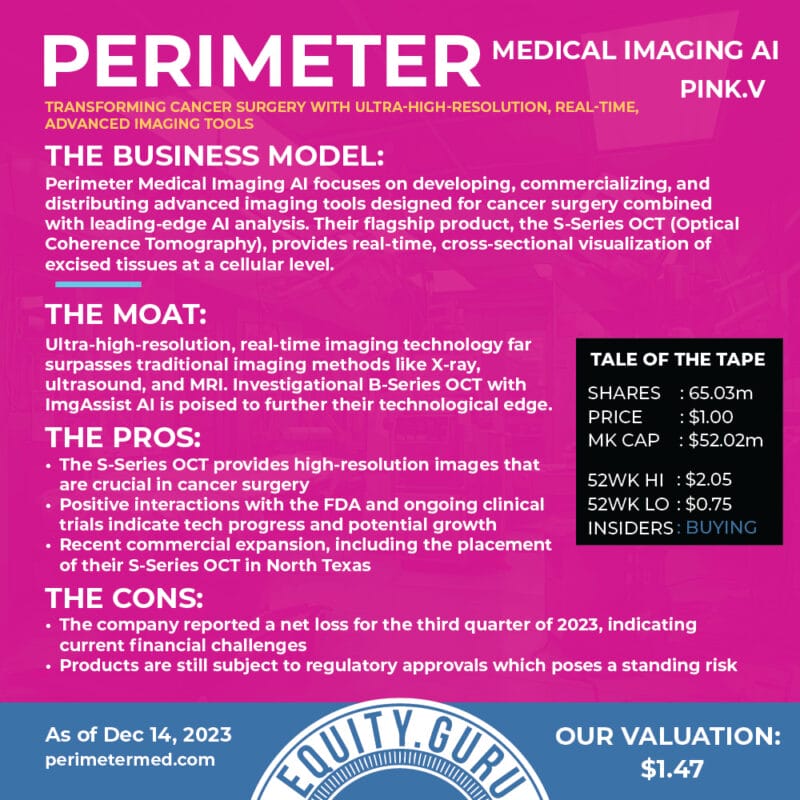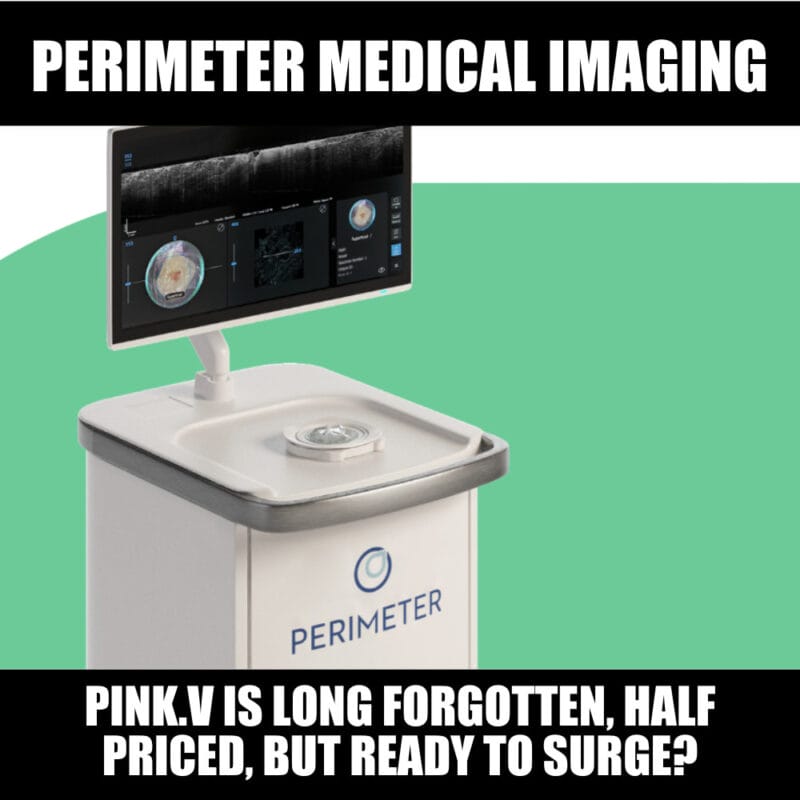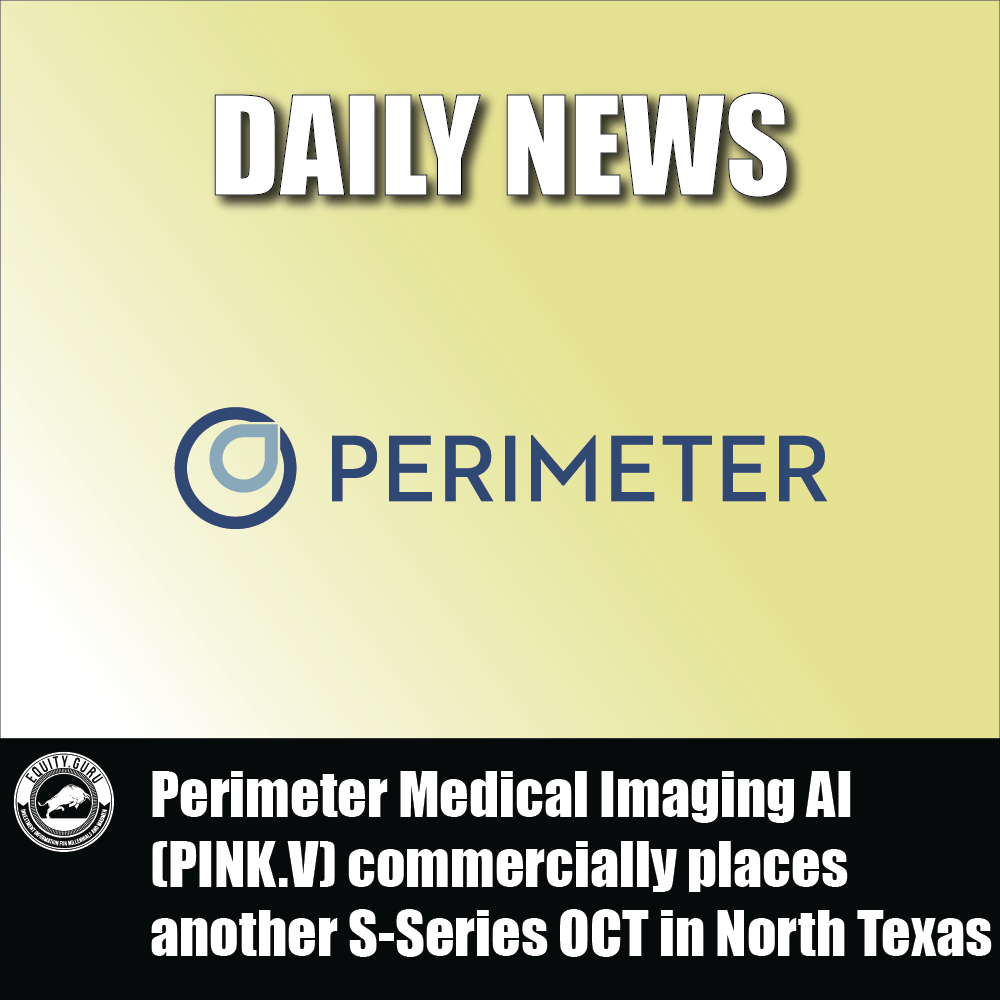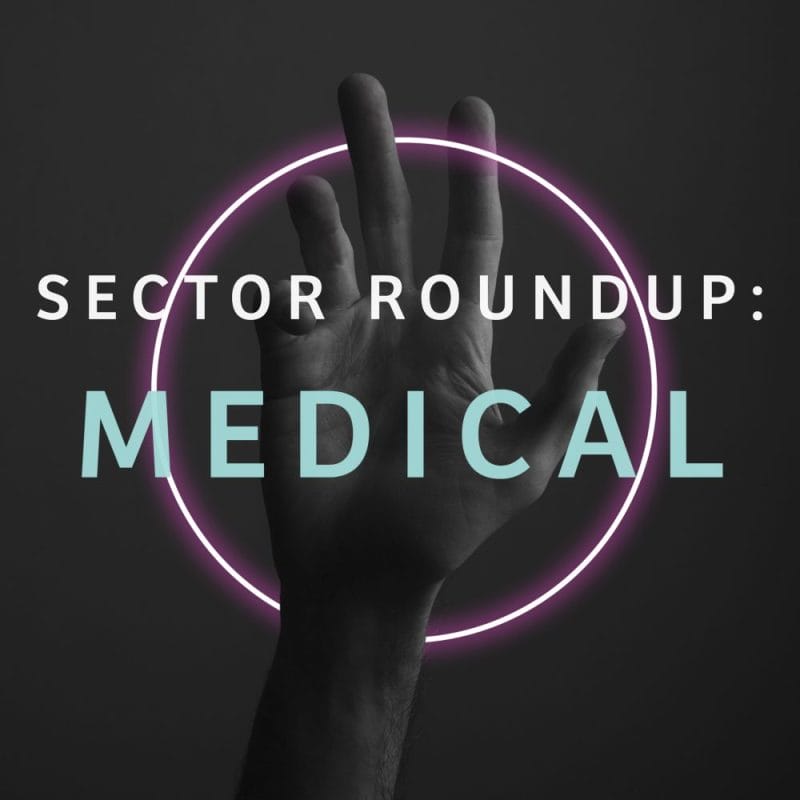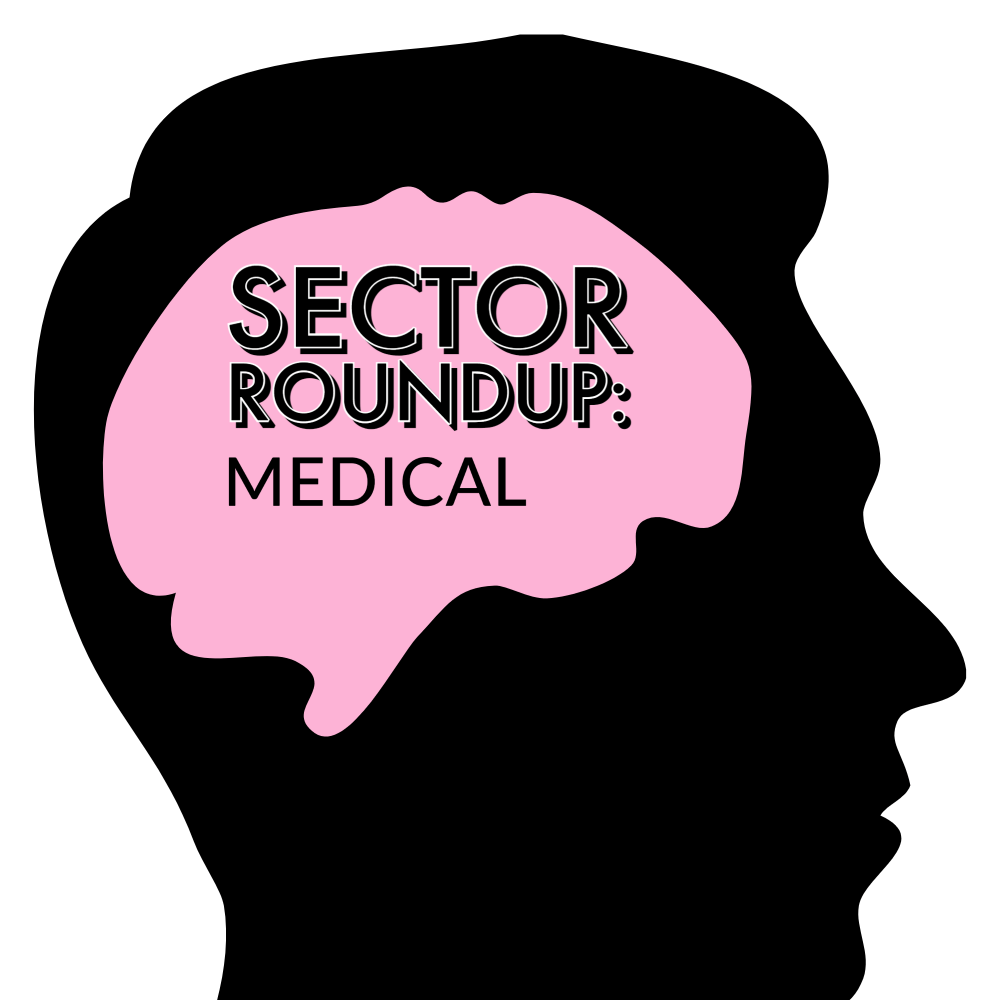
I’ve said it before but I will say it again. Cancer is a bitch. In fact, this group of diseases is a leading cause of death worldwide, accounting for nearly 10 million deaths in 2020, according to the World Health Organization (WHO). For starters, what the hell is cancer? Cancer arises from the transformation of normal cells into tumor cells in a multi-stage process that typically progresses from a pre-cancerous lesion to a malignant tumor. Cancer treatment usually includes radiotherapy, chemotherapy, and surgery.
In particular, some of the most common cancer types, such as breast cancer, cervical cancer, oral cancer, and colorectal cancer, have high cure rates when detected early and are treated according to best practices. However, despite having high cure rates, cancers like breast cancer accounted for 680,000 deaths in 2020. Overall, breast cancer is the most common, with more than 2.2 million new cases diagnosed in 2020 alone. That being said, just because some cancers have a high cure rate doesn’t make them any less deadly.
In addition to being the most common cancer, women with early breast cancer most often develop local recurrence with the first five years after treatment. On average, 7-11% of women with early breast cancer experience a local recurrence during this time. For context, there are three types of recurrent breast cancer:
- Local Recurrence – when cancer returns to the same part of the breast as the initial diagnosis
- Regional Recurrence – this type is diagnosed when breast cancer is found in nearby lymph nodes and/or the chest wall
- Distant Recurrence – also referred to as metastatic breast cancer. Occurs when cancer cells travel away from the original tumor to other parts of the body. Common metastatic areas include the bones, liver, and lungs
With this in mind, cancer left behind after surgery can lead to re-operations. To make matters worse, there is a $16,000 cost increase associated with subsequent re-operations. For women undergoing repeated surgery, the likelihood of experiencing at least one complication was 47.6% higher than for patients undergoing a single breast-conserving surgery (BCS), also known as a lumpectomy.
For context, BCS usually removes the least amount of breast tissue needed to get the tumor out. Unlike a mastectomy, the surgeon removes the cancer and a small portion or margin of the surrounding tissue, but not the breast itself. In general, recurrence risk doubles when positive margins are not excised. To clarify, a positive margin refers to when a pathologist finds cancer cells at the edge of the tissue, suggesting that all of the cancer has not been removed. What’s the solution?
Perimeter Medical Imaging AI Inc.

- $183.984M Market Capitalization
Perimeter Medical Imaging AI Inc. (PINK.V) is a medical technology company committed to transforming cancer surgery with ultra-high-resolution, real-time, advanced imaging tools to address areas of high unmet medical need. As someone who has been conditioned to assume a company’s ticker symbol will reflect its name, I was pleasantly surprised to learn that Perimeter’s ticker symbol “PINK” is a reference to the pink ribbons used during Breast Cancer Awareness Month.
This reference underscores the Company’s dedication to helping surgeons, radiologists, and pathologists to use Perimeter’s imaging technology and AI in the fight against breast cancer. More specifically, Perimeter’s technology enables surgeons, radiologists, and pathologists to visualize microscopic tissue structures in the surgical margins, during and after the clinical procedure. So, what does imaging technology have to do with cancer? A lot.
Current technologies do not have the image resolution to identify microscopic features associated with residual diseases. With this in mind, surgeons are in need of an approach that can provide clear, high-definition imagery of margins during surgery, not days later. However, this does not replace the need for histology, a branch of biology that studies the microscopic anatomy of biological tissue, but provides real-time information on removed tissue before closing.
However, post-operative histology tissue assessments can take 2 to 7 days post-procedure to complete. On the other hand, Perimeter’s intra-procedural tissues assessment, using the Company’s OCT Imaging System, is intended to improve tissue assessment workflows by providing results in 5 to 10 minutes. For context, Perimeter S-Series Optical Coherence Tomography (OCT) is a novel medical imaging system that provides cross-sectional, real-time margin visualization of an excised tissue specimen. Perimeter S-Series OCT is intended to result in better long-term outcomes for patients and lower costs to the healthcare system.
Latest News

Speaking of the Company’s Perimeter S-Series OCT, on December 20, 2021, Perimeter announced the first commercial installation of its flagship Perimeter S-Series OCT system at a North Texas hospital. To be more specific, Perimeter’s S-Series OTC provides cross-sectional images of tissue down to 2mm depth, with 10x higher image resolution than standard X-ray and ultrasound.
“This installation of our Perimeter S-Series OCT device marks an important milestone achieved by our commercial team, who are connecting with innovators in healthcare institutions across the U.S. Our market development activities continue to accelerate and include extensive training and support for physicians. We are confident that this margin visualization technology will give surgeons added clarity to make better-informed decisions real-time during a procedure,” commented Steve Sapot, Perimeter’s Chief Commercial Officer.
Prior to the Perimeter’s latest announcement, on December 16, 2021, the Company announced the initiation of a multi-center, randomized, two-arm pivotal clinical trial to evaluate its Perimeter B-Series OCT. The study is intended to evaluate Perimeter’s B-Series OCT with ImgAssist AI for use during breast conservation surgery (BCS). The first patient procedures were performed by Richard E. Fine, MD and Michael Berry, MD, two leading surgeons based out of the Margaret West Comprehensive Breast Center in Germantown, Tennessee.
As previously mentioned, BCS is performed in order to remove the cancer while leaving as much of the normal breast as possible. According to a study published by JAMA Network, among 89,448 women 20 years or older who underwent primary BCS for cancer from 2003 to 2013, the mean rate of reoperations within 90 days was 30.9%. To put things into perspective, this indicates that almost 1 in 4 women will undergo a repeated operation 90 days after BCS, with reoperation rates varying widely by the surgeon.
“By combining optical coherence tomography with deep learning algorithms, this innovative technology could assist us, as surgeons, to better identify regions of interest on scanned samples, enabling ‘real-time’ decisions on margin status in the OR,” stated Dr. Michael Berry, Director of Margaret West Comprehensive Breast Center.
Through this pivotal study, we can assess if the Perimeter B-Series with artificial intelligence demonstrates an improvement over the current standard of care – potentially setting a new standard for specimen imaging technology during breast conservation surgery,” added Dr. Richard E. Fine, Director of Education & Research, Margaret West Comprehensive Breast Center, West Cancer Center & Research Institute.

On November 2, 2021, Perimeter announced that the FDA had approved the Company’s Investigational Device Exemption (IDE) application to conduct a multi-center, randomized, double-arm study. This study is intended to evaluate the Perimeter B-Series OCT imaging system that uses ImgAssist AI technology to identify regions of interest as compared with the current standard of care for patients undergoing BCS. It is anticipated that over 300 patients across 8 U.S. clinical sites will participate in the pivotal study to be led by Principal Investigator, Dr. Alastair Thompson at Baylor College of Medicine.
“This IDE approval marks another important milestone in our ATLAS AI project, building upon the ‘Breakthrough Device Designation’ that we received in April, as we transition into clinical validation of the AI-enabled, next generation of our commercially available flagship OCT imaging technology,” commented Jeremy Sobotta, Perimeter’s Chief Executive Officer.
Perimeter’s ImgAssist technology is designed to utilize a machine learning model to help surgeons identify, in real-time, if cancer is still present when performing BCS. With this in mind, on July 15, 2020, Perimeter announced the initiation of its ATLAS AI Project to collect images of breast tumors to both train and test ImgAssist AI technology. According to the Company’s IR Overview for August 2021, the ATLAS AI Project has collected more than 400 volumes of images of excised breast tissue collected at leading cancer centers.
“The results from this study will not only help determine if this tool can assist physicians with improving patient outcomes but could also provide evidence of reducing the burden of additional costs within the overall healthcare system,” said Dr. Richard E. Fine, Director of Education & Research, Margaret West Comprehensive Breast Center, West Cancer Center & Research Institute.
Looking forward, Perimeter is advancing the development of its proprietary ImgAssist technology under its ATLAS AI Project, which is made possible, in part, by a USD$7.4 million grant awarded by the Cancer Prevention and Research Institute of Texas (CPRIT).
Financials + Highlights
According to Perimeter’s Q3 2021 Financial Results, the Company had cash and cash equivalents of CAD$7,775,195 on September 30, 2021, compared to CAD$10,025,122 on December 31, 2020. Perimeter had total assets and total liabilities of CAD$13,218,059 and CAD$2,474,329, respectively. Compared to December 31, 2020, the Company’s total liabilities increased marginally from CAD$2,397,652. Similarly, Perimeter’s total assets increased slightly from CAD$13,156,449 on December 31, 2020.
In total, for the three months ended September 30, 2021, Perimeter reported a net loss of CAD$3,880,172 compared to a net income of CAD$800,030 during the same period in 2020. In particular, the Company’s operating expenses for the three months ended September 30, 2021, were CAD$3,748,590 compared to CAD$2,201,256 on September 30, 2021. For the nine months ended September 30, 2021, cash used in operating activities totaled CAD$10,032,107. The cash used during this period was mainly driven by costs associated with Research and Development as well as expenditures supporting commercial operations.
On December 15, 2021, Perimeter announced that it has entered into a subscription agreement pursuant to which an affiliate of Social Capital Inc. will make a strategic CAD$43.4 million investment in the Company. Social Capital has agreed to subscribe, on a non-brokered private placement basis, for CAD$43.4 million in units of Perimeter at a price of CAD$3.00 per unit. Each unit consists of one common share and a total of one warrant. Each warrant will enable the holder to purchase an additional common share.
Additionally, the Company may issue up to an additional CAD$7,000,000 in units on substantially the same economic terms as those issued to Social Capital. The net proceeds of the private placement will be used for capital, commercialization and development of Perimeter’s technology, clinical studies, and general corporate purposes, according to Perimeter. Closing of the private placement is subject to the receipt of the TSX Venture Exchange (TSXV) approval, the receipt of all necessary Perimeter shareholder approvals, and the other customary closing conditions.
Social Capital has invested more than $1 billion in private technology companies around the world. Furthermore, in the last decade, Social Capital has made 70 investments in technology companies, both public and private. Some of these companies include SurveyMonkey, Slack, and Slang, to name just a few. As of December 31, 2021, Social Capital has realized an overall gain of 1,441% through its investments compared to equivalent investments in the S&P 500, which achieved an overall gain of just 248%. With this in mind, Social Capital leverages data and machine learning to build strong companies and drive long-term success.
Most notably, on April 15, 2021, Perimeter announced that the U.S. Food and Drug Administration (FDA) had granted the company a Breakthrough Device Designation for its OTC Imaging System coupled with ImgAssist AI, titled Perimeter B-Series OCT. The goal of the FDA’s Breakthrough Devices Program is to provide patients and health care providers with timely access to medical devices. These devices are intended to provide for more effective treatment or diagnosis of life-threatening or debilitating diseases by speeding up their development, assessment, and review.
Furthermore, this designation will allow for accelerated interaction with the FDA during product development as well as a prioritized review of future regulatory submissions. Additionally, a new Medicare policy program (Medicare Coverage of Innovative Technology or MCIT) provides national Medicare coverage for up to four years for FDA-designated Breakthrough Devices upon market authorization, enabling more rapid utilization of new innovative technologies for the Medicare population.
With this in mind, Perimeter has a substantial footprint in the Global Breast Cancer Treatment Market, which is expected to reach USD$34.06 billion by 2026, compared to USD$19.24 billion in 2019. Moreover, this market is expected to expand at a respectable compound annual growth rate (CAGR) of 8.5% between 2020 and 2026.

Perimeter’s shares were up 2.24% and were trading at $4.10 at close on December 31, 2021. Sitting at a market capitalization of $183.984 million, the Company has an average trade volume of 127,163. According to Perimeter’s 52-week range, the Company achieved a new high of $5.20 on December 15, 2021, occurring immediately following Perimeter’s announcement of its private placement with Social Capital.



